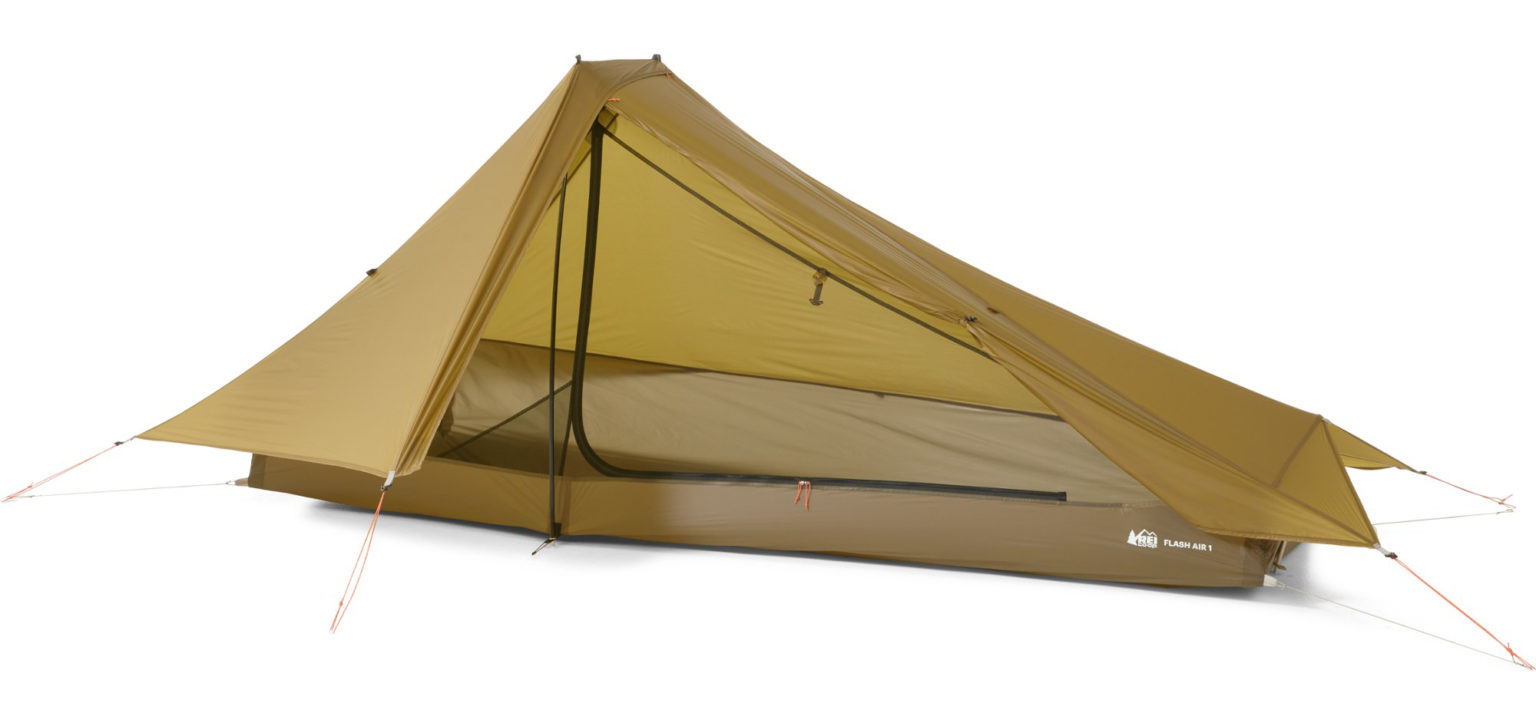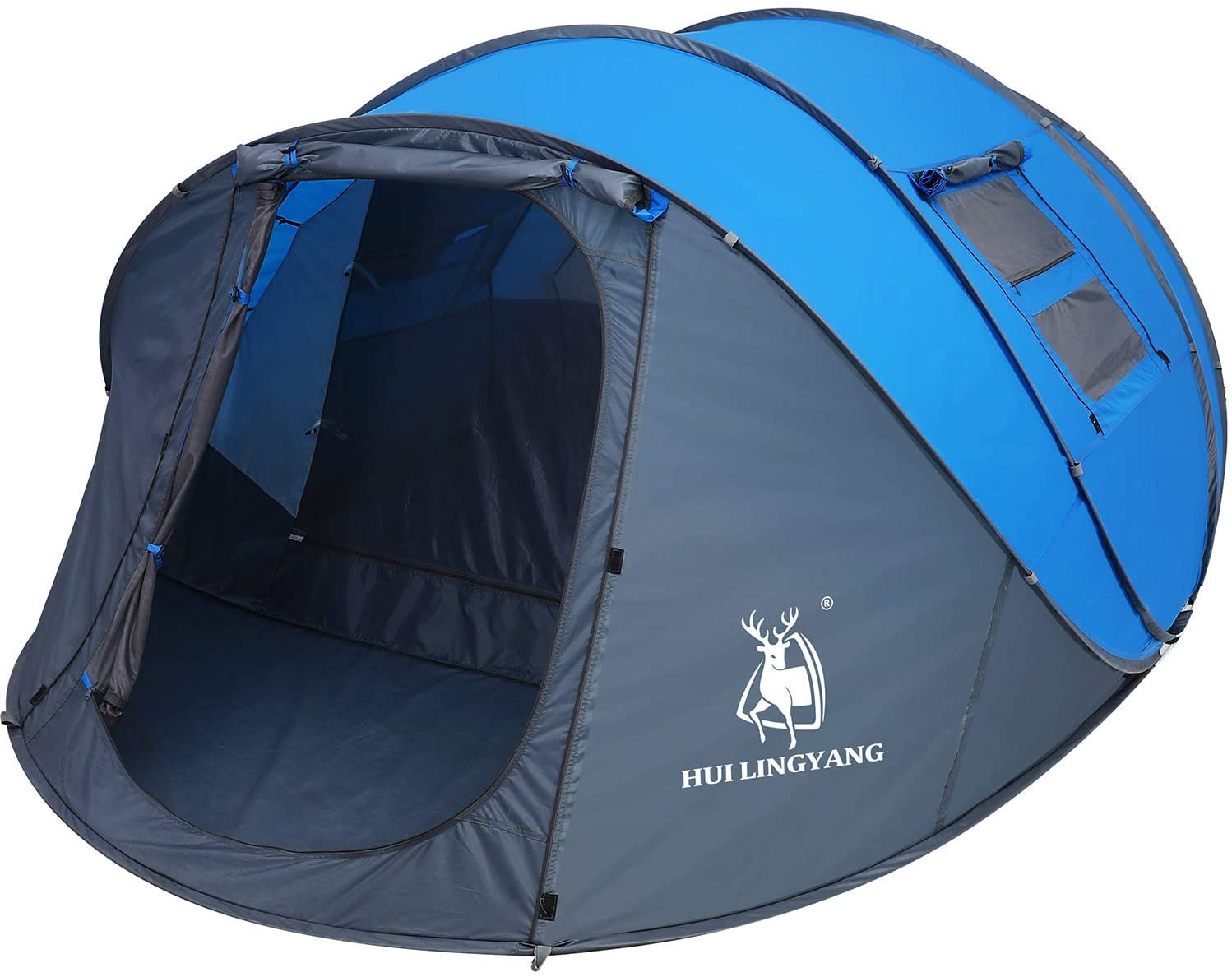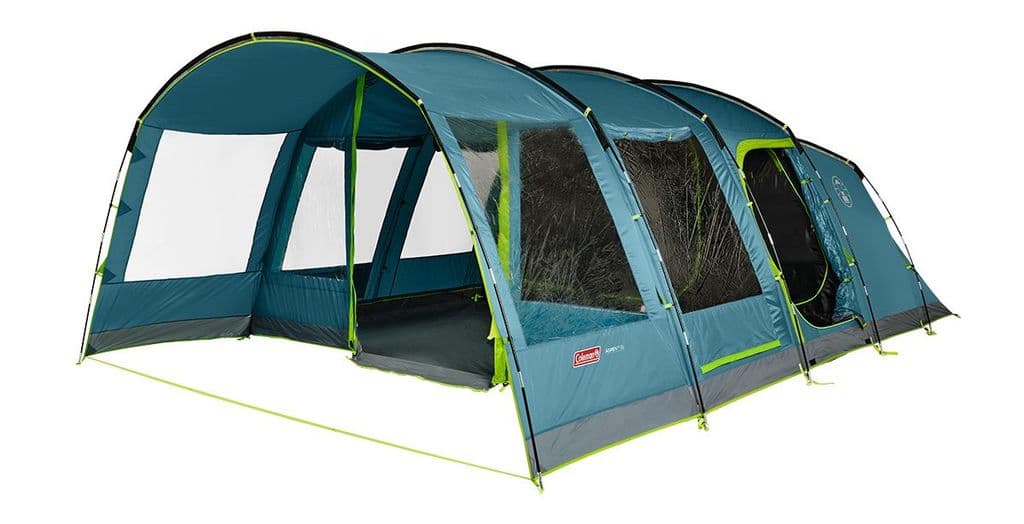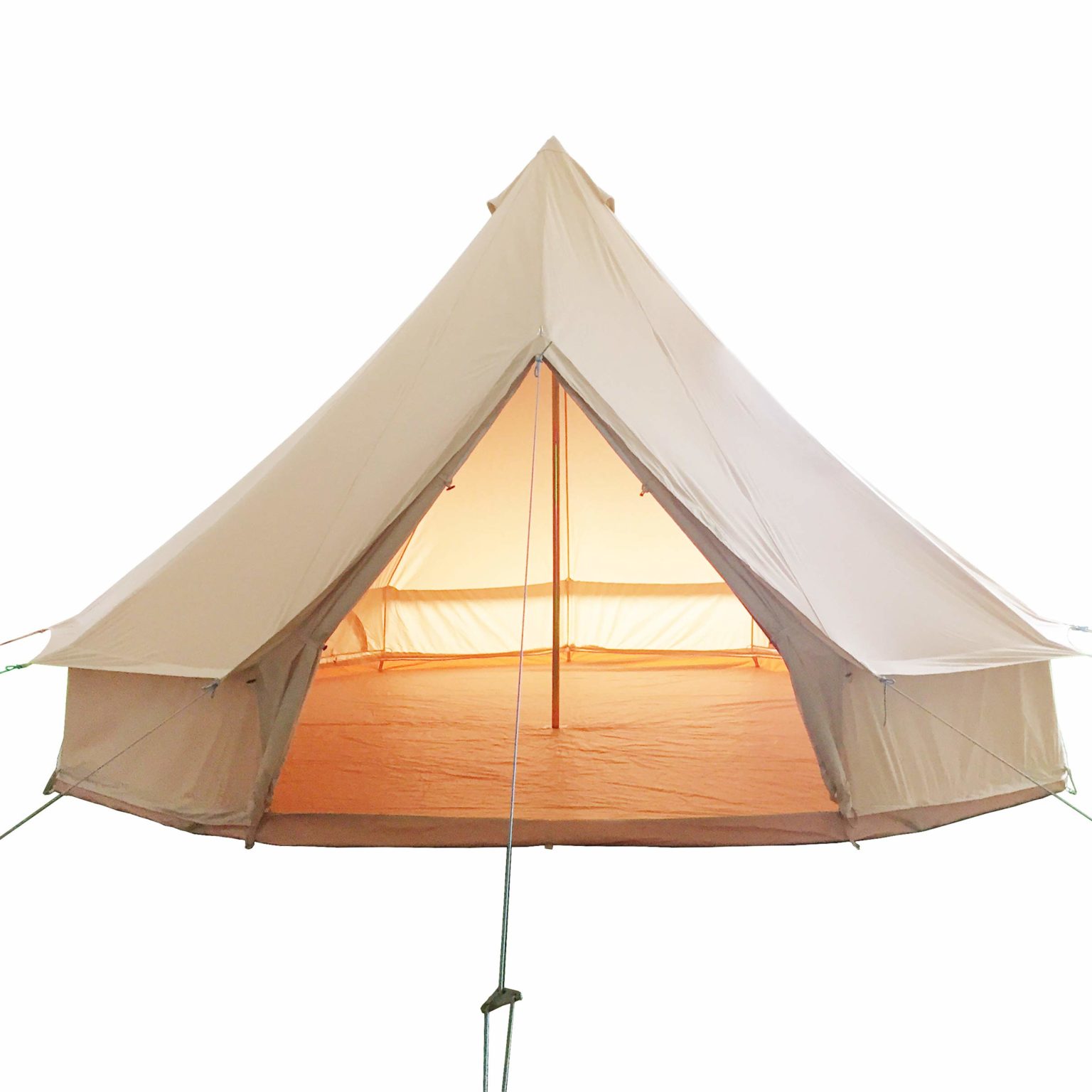
04 Nov 5 types of tent and picking the right one for you
which tent to buy – THE 5 TYPES OF TENT OUT THERE
1. Basic tents
-
- Price: Cheap to affordable
- Sleeps: 2-4
- Pro: All you need
- Con: Not ideal for extreme weather

These tents might be basic but they’re durable and are often made from the same material as more expensive tents––they just come with less performance and features.
These tents will keep you warm in all seasons but winter, and dry in conditions less severe than constant, heavy downpours
The most common shape in the entry-level market is the dome tent. These have two flexible poles that cross each other and are anchored to the four corners of the base of the tent. Another common shape is the tunnel tent. These are longer than dome tents and offer a better weight-to-space ratio.
Both types of tent are easy enough to pitch but because the tunnel structure’s hoop poles don’t cross, it needs to be secured with guy ropes and so takes a little extra effort, besides not being freestanding.
2. Backpacking tents
-
- Price: Above average to expensive
- Sleeps: 1-3
- Pro: Lightweight
- Con: Less spacious

The rule of thumb here is the less weight you wish to carry, the more you have to pay. This focus on weight reduction also means these tents have generally less space. Smaller tents have other pros besides weight. First, they retain more heat because it’s easier for your body to warm up the air inside. Secondly, they catch less wind and are thus more wind-resistant.
Backpacking tents often come as tunnel tents because of their great space-to-weight ratio, but you’ll also see them as dome tents or (semi-)geodesic tents. These last tent shapes have poles that intersect at different points to create different forms with increased stability and support, resulting in better weather performance.
While you’ll be amazed at how clever some of the backpacking tents are designed, most are a bit harder to pitch and pack.
3. Pop-up tents
-
- Price: Above average
- Sleeps: 2-6
- Pro: Pitch in seconds
- Con: Bigger tents tough to pack

4. Family tents
-
- Price: Average to expensive
- Sleeps: 4-12
- Pro: Multiple cabins
- Con: Less weather-resistant

Family tents get big and so does the price tag. Apart from that, bigger tents mean more surface area for the elements to tear at. That’s why these tents aren’t renowned for their weather resistance or heat retention, though compartments will help retain heat (as does having numerous heat-generating people inside your tent).
Geodesic and tunnel shapes accommodate bigger tent sizes well. And recently, inflatable tents have been on the rise. These have inflatable beams instead of poles and are incredibly easy to set up. They do have more material and also require a pump.
Lastly, cabin tents are the clumsy cousin of compartmented tents. While they are sizable and relatively cheap, their aluminium pole construction is far from structurally sound and they won’t stand up to much more than fair weather.
5. Glamping tents
-
- Price: Expensive
- Sleeps: 2-4+
- Pro: Special look
- Con: Semi-permanent setup

Another popular model of glamping tent is the geodesic dome. Unlike the simple structure of a teepee, these are made of poles intersecting to form many triangles resulting in a very sturdy structure.
These tents can get expensive (hence glamping) and impractical to set up for a few days, but are worth the hassle if you want to create a special setting. An even better solution is to find a cosy glamping site where all is made ready for you.
WHAT TO LOOK FOR WHEN PICKING YOUR TENT TYPE
Now that you know which type of tent to pick, it’s key to know what qualities to look for in a tent. Sure, you’ll want to take the size and weight of the tent into account – but what other indicators are there to know if the tent you’re getting is any good for your needs?
Space-to-weight ratio
The general rule is the more space you want in your tent, the more it’ll weigh. The space-to-weight ratio determines whether your tent can be light or heavy for the space it offers. The two main factors that influence this ratio are the tent shape and materials used. The better the ratio, the pricier your tent gets.
Ask yourself how much space you need for how many people and how you’ll be transporting the tent. For example: if you’re mainly going tent camping at different campsites by car, go for a low space-to-weight ratio to gain some space without paying a premium.
This rating is used to indicate a tent’s ability to withstand various weather conditions and runs from 1-5 seasons. Confusingly, season rating doesn’t necessarily indicate how many seasons your tent is made for.
-
- 1 to 2-season
- 3-season rating
- 4-season rating
- 5-season rating
Another important number, the HH rates how water resistant your tent material is. HH stands for Hydrostatic Head and goes from 1,000-5,000 mm or higher, indicating how much water pressure the material can withstand.
-
- 1,000 mm: Will keep you dry during a summer shower.
- <2,000 mm: Withstands heavy rain for a few hours before getting damp and eventually leaking.
- 3,000 mm: You’ll stay dry with sustained, heavy rain.
- 4,000 mm: Consider yourself safe from any torrential rain.
- 5,000 mm: The groundsheet is the only material that you’ll likely see with this rating because your body weight exerts pressure on the material.

